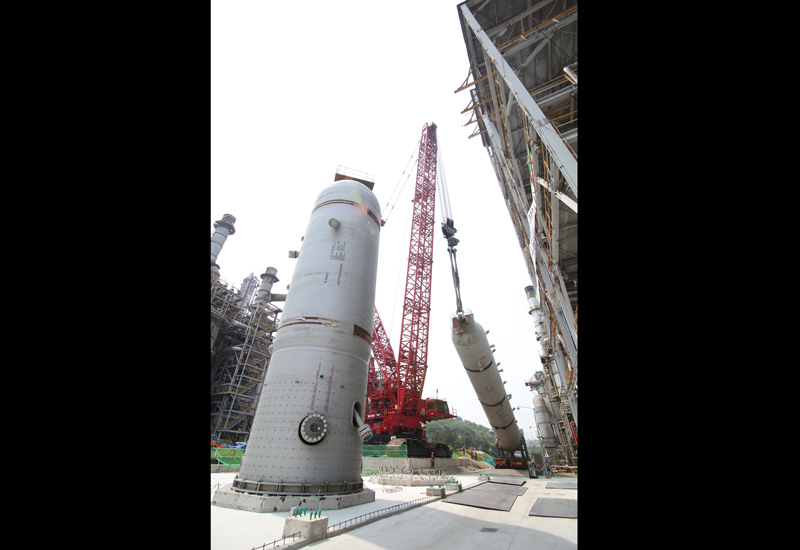Researchers from the University of Wollongong in Dubai (UOWD) have developed a system to improve crane-related safety on construction sites.
The tool helps engineers to distinguish where to safely locate cranes on site, along with the type and number of cranes to be used.
The academics claim that their system will serve to prevent human errors and save time.
Commenting on the thinking behind the tool, UOWD researcher Kirolos Ayad said: “Although statistics suggest that while the number of tower crane accidents in Dubai is not significantly different from Europe, we still must do everything we can to prevent crane-related accidents.
“Our solution works by asking the engineer a number of simple questions, including the number, type and height of nearby obstructions, and the desired maximum capacity of the crane. The system then calculates the number of cranes to be used, the type of crane, and where the cranes should be located,” he explained.
In addition to Ayad, the UOWD team included students Marina Helmy, Mostapha Rashiduddin, and Ommarah Siddigui. The researchers began working on the computerised crane locator, which started life as an undergraduate project, in 2011.
With help from mentors, Dr Soly Mathew-Biju and Dr Tchantchan Abdel Latif, the students went on to present their system at the International Joint Conference on Computer, Information, System Sciences and Engineering. The tool has since been selected for inclusion in a Springer publication linked to the conference.
The researchers are collaborating with a number of local construction companies, including Al Rostamani Pegel, to improve the efficiency of the tool’s algorithms and its interface.
The UOWD team is actively seeking investment in order to test the programme more widely, with a view to licensing it upon completion and making it available to construction firms across the region.




